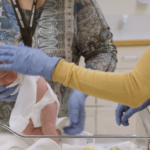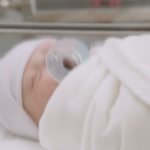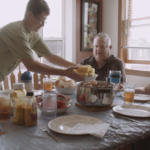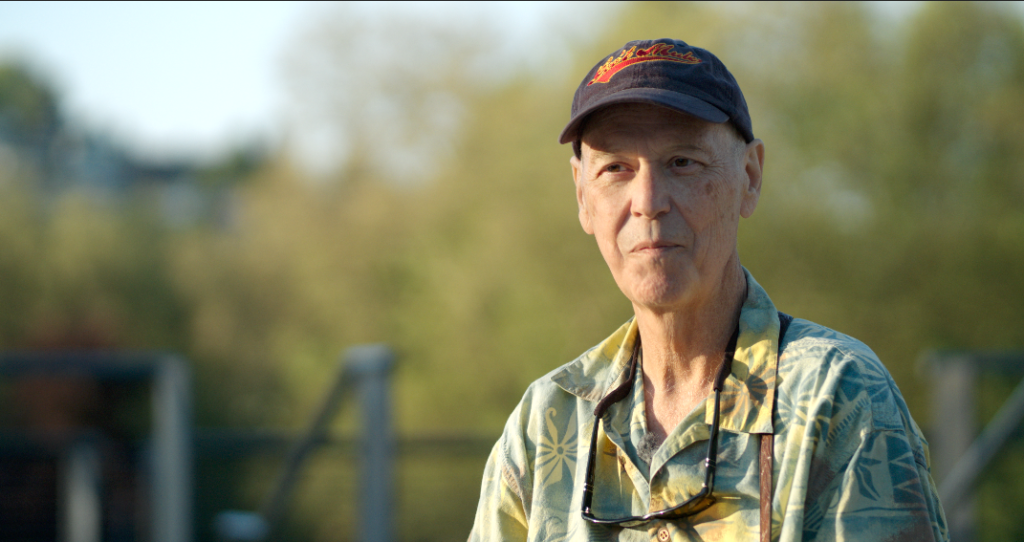I’m thrilled to share this short video, which I made in collaboration with the amazing story team at UW Medicine Advancement. I’m truly honored to work with people so profoundly dedicated to healing.
NOV. 22, 2019 UPDATE: This video is the Bronze winner in the Council for Advancement and Support of Education (CASE) awards 2020, in the short video category.
The story reveals how Mary Larson, a nurse for 23 years at UW Medicine’s Pioneer Square Clinic, has found a very special way to truly see her homeless patients.
For this project, we set 3 GoPros running over a 2-month period to capture Mary’s artwork taking shape. Everything else was shot on a Sony FS5. Nothing fancy, just SLOG0-2 8-bit 4K internal, graded with Alister Chapman’s lovely Venice Look LUT pack.
This is another in a long line of projects that uses my never shoot interviews methodology (for the primary story subject, at least). For the rest, we had an exceptional fine space to film our interviews in – the empty top floor of the Pioneer Square Clinic.
Here’s a sample frame from that interview. Looks almost naturally lit, doesn’t it?

But no! Any time you have a large window in the background of a frame, you know you need to bring a big gun to bring up your subject to match those background levels. Here’s the setup:

This technique is called “carrying the light,” which results in a very natural, almost imperceptibly lit look. We used a single Aputure 300d bounced into a 4×4 foam core, over which we draped a 1/4 grid cloth 8×8 fabric. We had to flag it off aggressively to keep the light off the background with a piece of black foam core that you can see tight against the side of the diffusion. But that’s it – one big light for one beautiful result.
It’s also another example of a framing technique I teach my students: For a pleasing frame, it’s often a good idea to frame your subject in a corner. Not literally – best to give them plenty of distance from the corner – but by lining up the corner behind them in the frame. This adds depth and dimension to the composition. And when you have a window, it’s frame naturally cuts the light off the wall, giving a pleasing light fall-off.










































